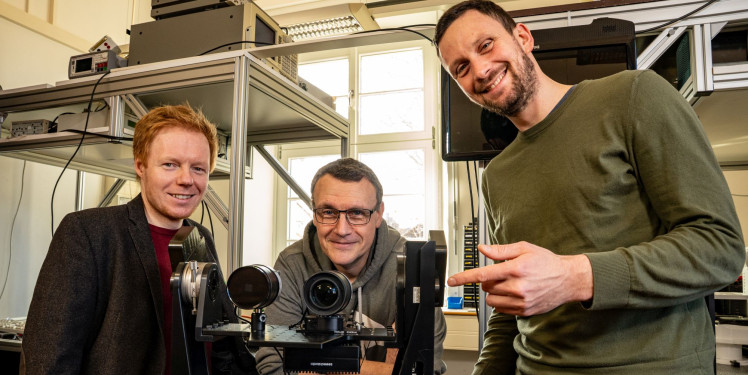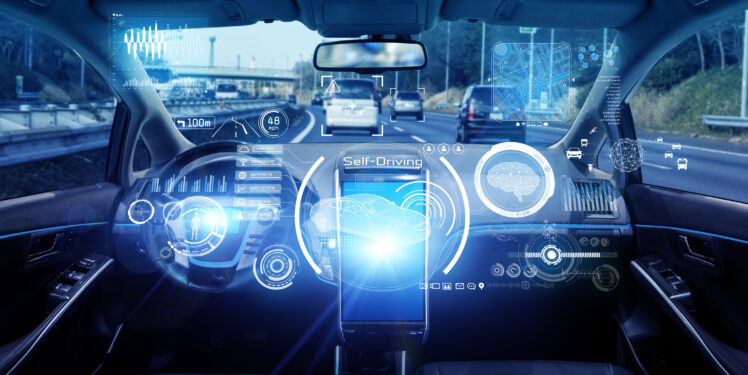MilitAR-Sandbox
Wie macht man komplexe Algorithmen anfassbar und verständlich? Da die Arbeit an Algorithmen zur Geländebewertung meist eher abstrakt und virtuell ist, haben wir uns in der Gruppe Geo-Intelligence, Abteilung Szenenanalyse, gefragt, wie wir dies intuitiver machen können. Die MilitAR-Sandbox ist…









